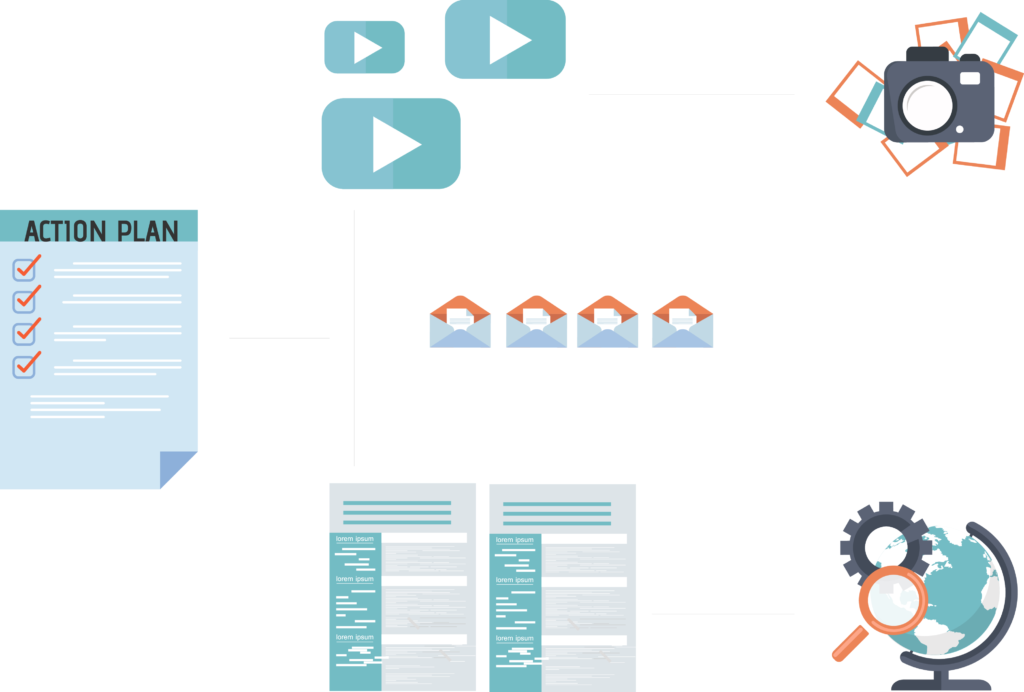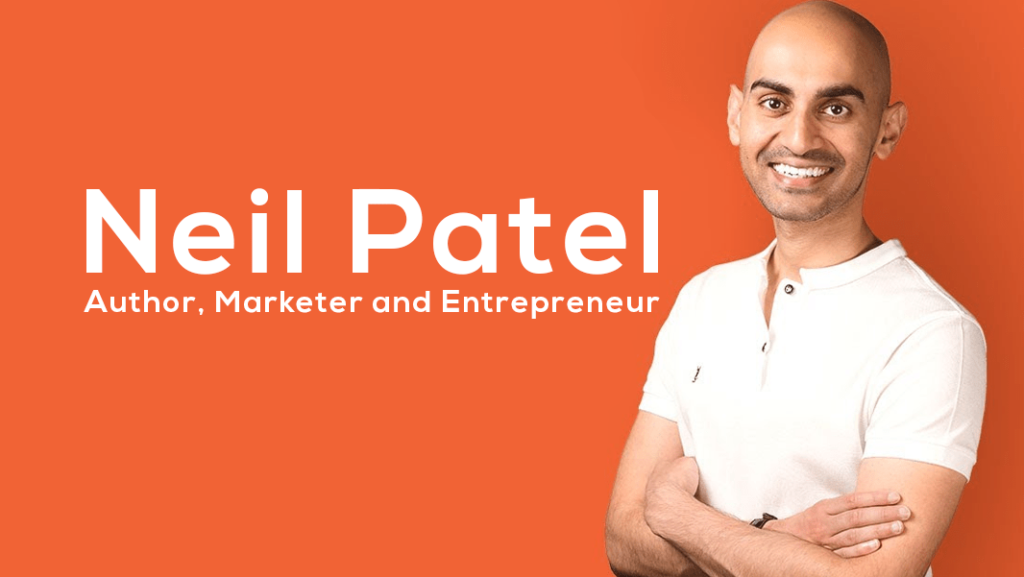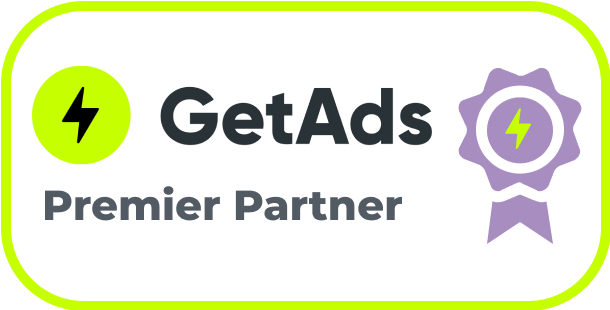SaaS was listed as a $157 billion marketplace in 2020, and needless to say, everyone in the tech space currently is looking to find themselves a piece of the pie.
Content marketing, for SaaS companies or otherwise, is a proven and powerful tool for attraction, education, and conversion of potential consumers. Especially in crowded industries like SaaS, well-written and marketed content can effectively guide the leads to believe in the potential of your product as the ultimate solution to their requirements.
SaaS content marketing or even content creation in the first place can also be rather challenging. When it comes to a niche-specific company like a SaaS company, the aim should not only be to create content but instead, to create content that is technically viable, while being engaging enough for your audience to even take a look at it. The manner in which content is structured can prove to have a major impact on the success of the content and hence, brands usually strategize unique approaches to doing so.
Are you also a SaaS company looking for some successful content marketing techniques? Read this blog to gain a better understanding of SaaS Content Marketing, supported with a few strategies and examples to get the ball rolling!
First things first: Why is SaaS Content Marketing So Important?

Since a SaaS product is unlike a regular, tangible product, the consumer cannot touch, see or feel the product to make a purchase decision. Hence, SaaS companies usually face longer sales cycles, preceded by challenges like making the user understand what the product is about and gaining their confidence in the product.
If you are a SaaS company, you will most likely have to first help the consumer understand how your software will help them overcome the challenges they might not even be aware they are facing- before you get to the stage of helping them understand how your tool fixes the said problems. Since education is the roadblock here, content is what comes through as a solution to clear the path.
With an effective SaaS content marketing strategy, it becomes easily possible for SaaS companies to educate the consumer and to get them to test your software. Here are a few interesting strategies to make this happen-
1. Research

The foundation of any actionable strategy has to be extensive research, let alone your content marketing strategy. You might also be led to believe that you know enough about your product and there’s not much you need to learn but again, there’s only so much one’s imagination can do for them. By conducting research, you empower yourself with factual, in-hand data to then take it to another level by injecting some creativity in it to get noticed. Just like creative content is of no use if it lacks facts and data, facts and data are also of no use if they are not creative enough to engage the audience – these elements go hand in hand to work best.
You might now be wondering which avenues to look at while conducting your research. For the basic start, you can amylase data in order to determine the topics that your targeted audience shows interest in. By doing so, you essentially rid yourself of guesswork and you instead give your target audience the content they really want.
Google’s ‘suggest feature’ could be a good place to begin gathering the said data. Search for a known keyword related to your product on Google and as you scroll to the bottom of the page, you will be given a list of similar searches, which is actually based on real user data. However, the trick here again is to not blindly take up the topics but to filter them on the basis of relevancy to your target audience. Google’s “People also ask” box could be another platform to gain a better understanding of what people are looking for.
Apart from Google’s suggestions, taking a look at what your competitors write could also be a way to gather relevant data. Search for your competitor’s domain name and run a tool like SEMrush to understand their organic keyword report. This will show you all of the keywords they’re currently ranking for, as well as how much traffic each of those keywords brings to their website. Once you have the list, it would become easy to filter out the noise and to determine what is relevant for you and your company. Injection of high-ranking relevant keywords in your content could actually differentiate your content from content that goes unnoticed.
2. Account All Stages Of A Potential Customer’s Buying Journey
SaaS marketing typically involves phases or stages in the marketing funnel namely Awareness, Lead Generation, Trial Sign-Ups, Conversion to Paid Customers, and Customer Retention.
When you get to devising a content strategy, the point is to create suitable and relevant content for each of the buyer’s stages. For example, you might create an exceptional, information-rich piece around how your product is better (to suit awareness level meets), but how does it help a client who is already on board and is looking for information on the know-how of the technical features of your product?
Content should fulfill the needs of a consumer in all the aforesaid stages of a marketing funnel. Each piece of content that you put out should ideally support the content of the next step. If not, you might be able to bring people into the funnel but you might not be able to retain them as you’d like to.
3. Pre-Set Goals For Your Content Strategy

If you fail to pre-set goals for your content strategy, you will essentially have no benchmark or a yardstick to measure the success of the content created. Here are a few examples of goals that can be of help-
- Top funnel content: Traffic and click-based goals
- Mid-funnel content: Engagement and lead generation goals
- Bottom-funnel content: Actual sales or sales targets as goals
By pre-setting goals, you can also ascertain important data like the cost of each website visitor. For example, if it takes you 5 leads to generate $5000 in sales and 500 website visitors to generate a qualified lead, each lead can be concluded to be worth $500 and each visitor worth $5. This data will prove to be of help as your content marketing team, on the basis of such data, can establish traffic and lead generation goals and move customers deeper into the funnel.
4. Strive For Uniqueness and Show-Off Some Personality
All sound marketers are well aware of the importance of content when it comes to marketing and hence, if there’s something constant about content on a particular topic, it is the fact that there will be tons of similar documents available on the web already. In a situation like such, the challenge that creeps up is how to make yourself noticed in the crowd? The answer is to be creative, unique, and unlike any other.
In the very beginning stages of content creation itself, try to set a tone for your work and show some brand personality. For example, Zomato, a food-delivering brand in India and the middle east uses quirky one-liners for almost all of their content requirements. Back when they had launched gift cards, they marketed the concept through e-mails that looked like this-
Sit back and spend some time on the kind of personality you want your brand to have and strive for a personality that is different from everybody else in your space. However, while at it, the catch is to ensure that the said personality doesn’t cost you your professionalism and does not make you look like a lousy brand.
It is also a commonly believed concept (which also is true to an extent) that the average first-page result is over 2,000 words long. This creates an obsessive need for content creators to write lengthy posts. But do these lengthy posts always guarantee a spot on the first page of the search results? It does not. Quality and uniqueness also are determining factors that should always be accounted for.
Understand what kind of information your potential audience is looking for. But then, also make sure that the said information is presented to them in a manner so unique that they always come back to your blogs when they need SaaS-based information. Do not be a part of the crowd, strive to inspire the crowd and make them think “why did I not consider this?”
5. Play It Smart

While the content does take so much out of your creativity and is undeniably a demanding branch of marketing, there’s also something very special about content: content can be repurposed and upcycled. Instead of limiting your generated content only to one marketing strategy, look for ways to upcycling the content, and repurposing it for other areas of your SaaS promotional strategies. For example, the content that is created for email marketing can also be used on your Social Media handles to reach out to those who are not on your email list. For another example, If you already have long articles, why not convert them to video scripts and create visual content off of it?
Examples of excellent SaaS Content Marketing
To put things in better perspective, here are some examples of some top-notch SaaS content marketing to learn from-
1. Hubspot

If you are in the SaaS space, you probably already are envious of HubSpot’s content marketing methods. HubSpot is a clear winner and they are only because of their unwavering focus on creating cohesive, high-quality content across advertising and marketing platforms. The HubSpot blog features educational material for a variety of topics like marketing, sales, and service, email campaigns, etc. HubSpot has tons of diverse services which result in a large potential audience.
By creating diverse content and by also segmenting it, they optimally reach all sorts of audiences and make it easy for new visitors to find top-of-funnel content. Besides, you might already have realized, this also helps them account for all stages of a potential consumer’s buying journey (as mentioned in point 2) as well.
2. Zendesk

Zendesk is a SaaS offering that focuses on creating unmatched customer service experience for their clients and they communicate this like none other with their content. Instead of just creating guided, listicle blogs to help their audience find ZenDesk as the solution to all woes, they create content that focuses on the relatable, human aspects of customer service. Instead of only creating blogs that talk about how difficult customer care is and how their SaaS can help, they also write on topics like self-care and work-life balance to be able to create a connection with their audiences.
3. Neil Patel

If we have decided to include an individual’s blog as an example, they must be damn well at what they do! Neil Patel’s blog is all about educational content marketing, all the topics focusing on the “why” of a problem. Besides, regardless of how educational or technical the blog might be, he ensures to write the pieces in a comprehensible manner, making sure his blog can be understood by even a layman.
Final Thoughts-
SaaS content marketing, just like everything else that has to do with the industry, is not that easy a mountain to scale. As a sum-up, you would really have to be ready and willing to invest a lot of your time behind researching what your audience wants and in figuring an actionable content marketing strategy around it. Once done, the next viable step should be to create unique, personality-laden content resources to serve as a solution to the identified topics.
Sounds a bit too demanding? We understand. Get in touch with us today and let us explain how we can do this (and more) for you!







